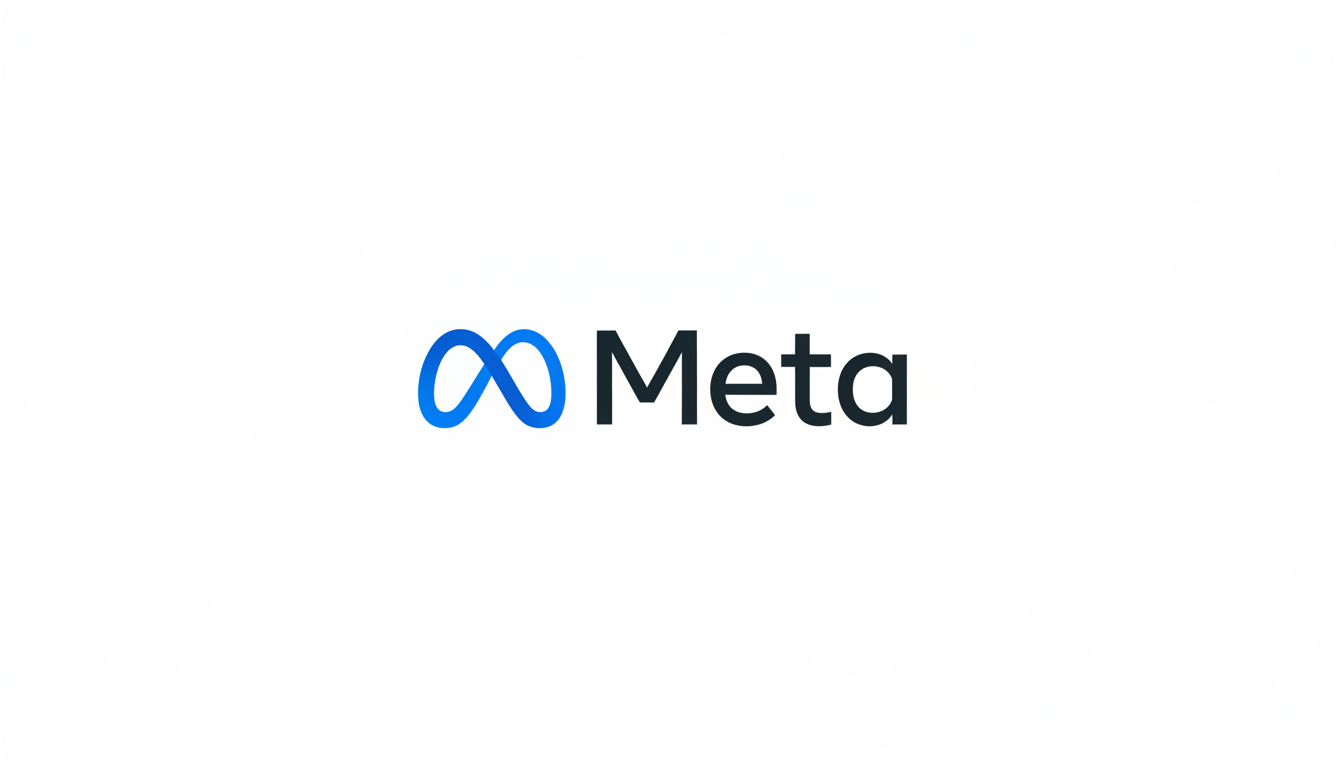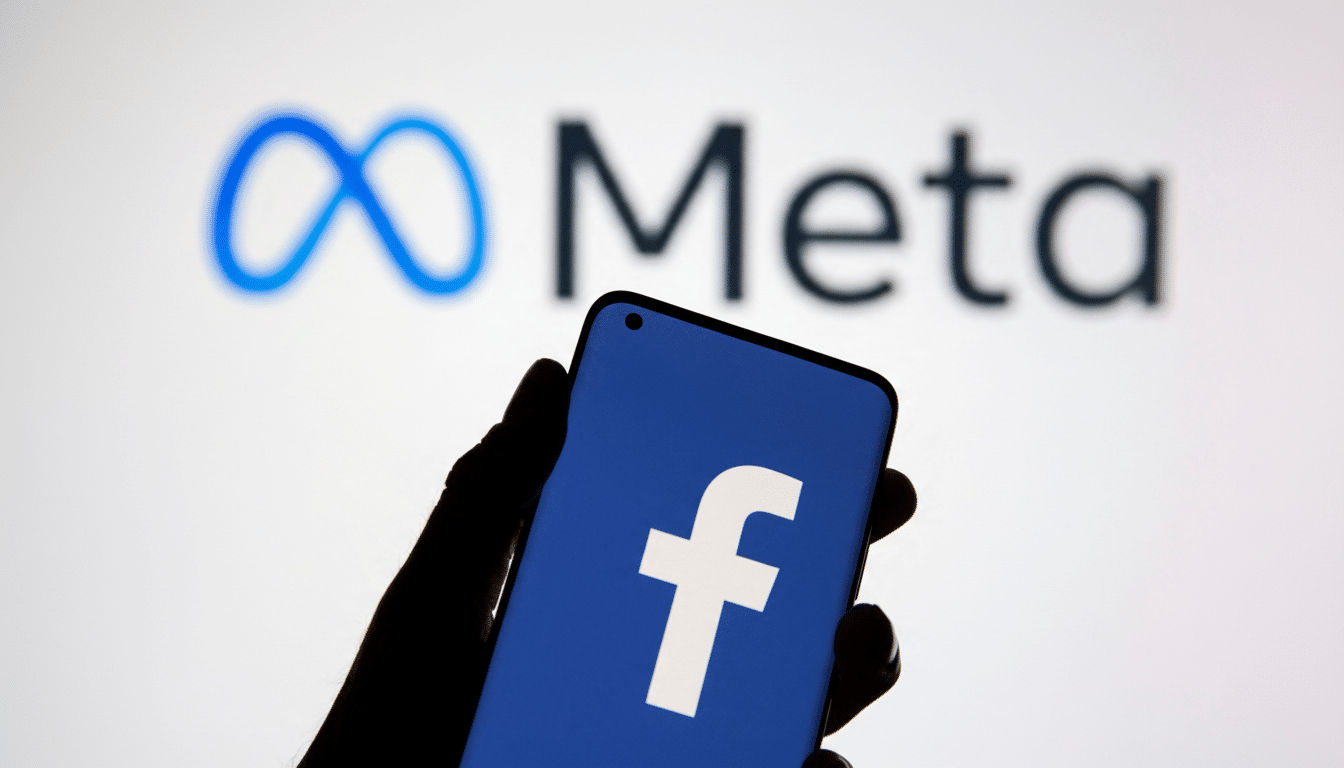Meta is recalibrating how its AI chatbots communicate with users who are under 18 years old, gradually tightening the guardrails to shut down conversations that veer toward being romantic or sexualized and to keep discussions of sensitive topics focused on information-sharing only. It is the latest in a series of policy updates as scrutiny has mounted over how large language models are handling minors, and after reports showing inconsistent responses to dangerous prompts.
What Meta Is Changing in Its AI Safety Rules for Teens
Meta’s training guidelines now prohibit any content that facilitates, urges or advocates child sexual abuse, according to internal guidance cited by Business Insider and outlined by Engadget. The company’s systems are being adjusted to reject romantic roleplay if the user is a minor or if the chatbot is invited to roleplay as a minor, and to turn down advice on intimacy with under‑18s.

The ban applies to flirtation, romantic expression and the like with a chatbot by a minor, as well as advice-seeking for potentially coming into “romantic or intimate physical contact” — such as holding hands, hugging or putting an arm around someone. The idea here is to discourage chatbots from, in essence, normalizing adult‑like romantic coaching for teens (even when the questions don’t seem to pose a threat).
Meta had told TechCrunch that its bots would stop interacting with teens over self‑harm, suicide, disordered eating, so‑called “therapy” conversations, and potentially inappropriate romantic conversations going forward. The rules adopted before were permissive enough that they allowed potentially suggestive interactions with children — a model that alarmed safety advocates.
Where Meta Draws the Line on Teen Chatbot Interactions
The new guidelines do draw a bright line between talking about dangerous topics, for example in an educational or clinical setting, and helping to carry them out. Business Insider defines the word “discuss” as “giving without showing.” That means the chatbot might explain concepts like child sexual exploitation, grooming or the legality of explicit content in its academic role while not articulating, facilitating and normalizing the behaviors.
Fiction is allowed subject to constraints. Literary non‑sexual, non‑sensual romance may be treated as a third‑person narrative account — such as by analyzing a story along the lines of that of Romeo and Juliet — provided that no user or AI is treated as a character in the tale. This prevents the bot from being used in place of an explanatory role.
Why the Stakes Are High for Teen Safety in AI Chatbots
AI chatbots are also working their way into the lives of teenagers in more quotidian ways, helping them with homework and self-discovery. On multiple fronts, including under the European Union’s Digital Services Act and the United Kingdom’s Online Safety Act, regulators are demanding that platforms build their services with the safety of children in mind. In the United States, it is up to the Federal Trade Commission to enforce children’s privacy under COPPA, and lawmakers are still fighting over broader child safety legislation.
The landscape surrounding child safety is grim. The National Center for Missing and Exploited Children received more than 36 million CyberTipline reports one recent year, with social platforms among the most significant referrers. While tip volume doesn’t suggest intent by the platforms, it underscores the online risk everyone faces and why we need conservative defaults when it comes to AI systems encountering minors.

Practically, such guardrails call for accurate awareness of age and powerful classifiers that can discern when a conversation is starting to trend toward sexualization or talk of self‑harm.
False negatives are perilous; false positives can obstruct genuine, even vital, help‑seeking. The quality of refusal messages and handoffs to human‑vetted resources will be as important as the blocks themselves.
How Meta’s Approach Compares to AI Safety Competition
The leading AI shops are now converging on tougher protections for youth. OpenAI has announced new safety prompts designed to nudge models away from bad content, especially for young users. Anthropic has also refined its assistant so that it bows out of conversations that become abusive or perilous. Character.AI added parental supervision tools to teen accounts so guardians can have more control.
What sets Meta’s move apart are the fine lines it draws: the turning away of even nominally light romantic coaching for minors, barring roleplay involving anyone under 18, and giving sensitive discussion only to fact-based, non-visual descriptions. Such specificity makes enforcement easier to test and audit — a top concern of safety researchers and child protection groups like Thorn in the United States and the WeProtect Global Alliance.
What to Watch Next as Meta Rolls Out Teen Safety Changes
Two implementation questions loom.
- Age assurance: In certain products, Meta uses a combination of self‑attestation, behavioral signals and third parties to supplement its determination of a consumer’s age (although frictionless, privacy‑enhancing checks for age are still a technical and policy challenge).
- Transparency: Researchers and watchdogs will search for red‑team results, refusal‑rate metrics for teen queries and a clear escalator to crisis resources when the bot declines to play.
If all goes as planned in the rollout, though, the new guardrails could be a model for teen‑safe AI interactions on mainstream platforms. If they falter — by overblocking, underblocking or providing vague denials — you can bet that regulators, academics and parents will push for changes that go even deeper. For now, Meta’s change marks a conscious pivot to safety‑by‑design across the burgeoning AI avatar milieu for young users.

